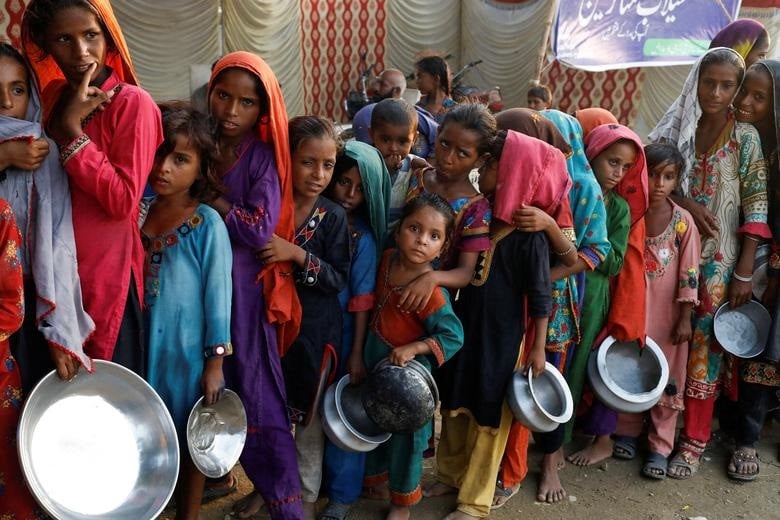Pakistan ranks 99th out of 121 countries with data to calculate 2022 GHI scores in the 2022 Global Hunger Index. Pakistan has a severe level of hunger, with a score of 26.1. Himalayan glaciers, which feed the country’s primary water source (the Indus Basin), have lost more mass since 2000 than they did throughout the twentieth century. Climate change and disruptions in supply chains as a result of Russia’s invasion of Ukraine are likely to exacerbate the situation. Heavy monsoon rains cause flash floods, property damage, and deaths across Punjab and Sindh every summer. War in Ukraine halted wheat exports from “Europe’s breadbasket,” and farmers estimated that the temperature rise had destroyed 10-15% of their crops.
Pakistan is already in an economic crisis, with high levels of poverty, inflation, and limited access to basic services. Political chaos, climate change, and food insecurity will exacerbate the country’s already-existing problems. Climate change must be recognised as a serious threat by the government. The government must implement mass transit in all major cities and encourage consumers to switch to electric vehicles. The government can encourage solar energy by subsidising consumer solar equipment. Pakistan should think about developing an economy that is more sustainable, inclusive, and resilient to climate change.
However, according to the World Food Programme’s (WFP) Global Hunger Index, Pakistan has one of the highest rates of food waste in the world. 43 % of the country’s population is still food insecure, with 18 % facing severe scarcity. According to a report released by the US National Intelligence Council, declining food security will contribute to social disruptions and political instability. Food waste deteriorates natural resources such as land and soil and contributes to climate change.















